Duramax Tahoe: Chevrolet Treats Its Second Largest SUV To 3.0L Duramax Love
We usually have nothing but praise for new diesel options brought to market in the post dieselgate world, not to mention at the dawn of the coming electric one. However, this time we’re taking a critical look at the latest oil-burner offering in North America. We’re exploring why Chevrolet’s 3.0L Duramax Tahoe could very well be yet another flatline attempt by a domestic automaker to try to inject a fuel economy option—with its only benefit literally being a slight fuel efficiency edge over its gasoline siblings—into a popular line of vehicles. Towing capacity is down when compared to even the base model V-8, acceleration is weaker and the diesel is still too new to know how well it will hold up in the long run—a legitimate concern in an age where diesels rarely go 100,000 miles before facing a significant emissions system-related issue…
Below, we’ll weigh the pros and cons of Chevrolet’s new diesel Tahoe option. Then we’ll ask a question for each of the Big Three: why not offer a larger displacement diesel in a full-size SUV or half-ton pickup? After all, we know 400-plus hp and 1,000 lb-ft of torque isn’t exactly beyond the realm of possibility these days, and in fact is the norm in the ¾-ton and larger truck segment. Are half-ton pickup manufacturers afraid to step on the toes of their thumping gasoline V-8’s for fear that a comparably-sized oil-burner will rob sales from them? Or is the market for a larger diesel engine just simply not there until you’re ready to move mountains?
PRO: The 3.0L Duramax Is Impressive And Sufficiently Powerful Given Its Size
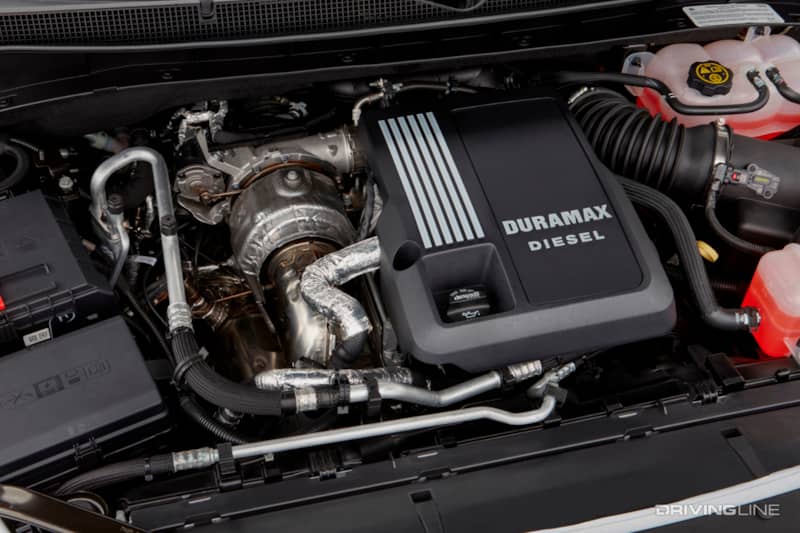
The inline-six architecture on its own was big news when the 3.0L Duramax hit the press, but thanks to its ironed-sleeved and deep-skirt aluminum block, a block stiffener, forged-steel connecting rods and hypereutectic cast-aluminum pistons, GM’s 3.0L Duramax is about as robust as engines get. And with an electronically controlled and activated variable geometry turbocharger, a water-to-air intercooler, variable intake manifold and a high-pressure common-rail injection system capable of producing 36,250-psi there is no shortage of technology packed into this state-of-the-art diesel. It produces 277 hp at 3,750 rpm and 460 lb-ft of torque at 1,500 rpm—not bad for 182 cubic inches. Still, will there be enough sales penetration to keep this option around a while, or will the diesel Tahoe option fizzle out similar to the way the diesel Cruze and Equinox did? After all, the take-rate for the 3.0L V-6 Power Stroke option on Ford’s F-150 is less than 10-percent.
PRO: You Don’t Have To Spend $80K To Go Diesel
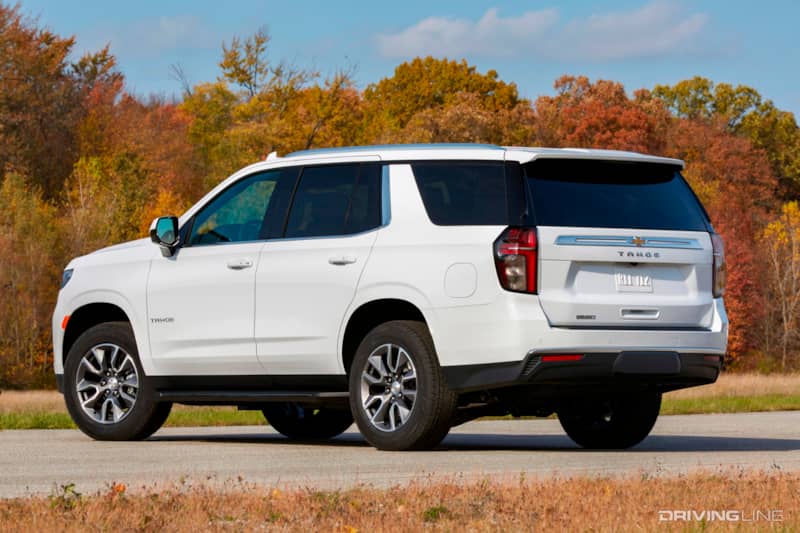
This is the one of the first times in recent memory where ordering the diesel option on a truck-based platform won’t cost you an arm and a leg. In fact, the Duramax option only carries a $995 upcharge over the base model 5.3L gasoline V-8. In addition, the Duramax is available on every trim (LS, LT, RST, Premier, High Country), with the exception of Z71. As for offering the Duramax in the Tahoe to begin with, GM is already installing it in the Chevrolet Silverado 1500 and the GMC Sierra 1500, so it stands to reason that it costs the auto giant virtually nothing to drop them into the 1500-based Tahoe.
PRO: There Is Still A Market For Diesel
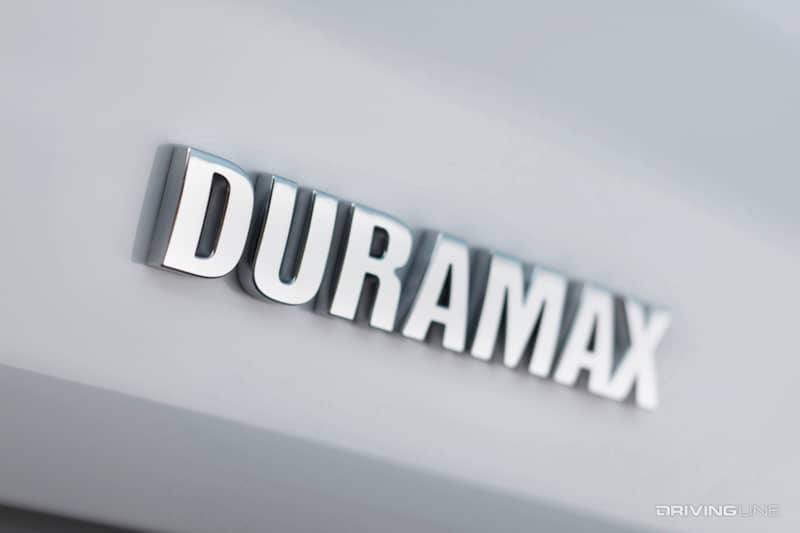
Despite the drawbacks of modern diesels (specifically reliability, maintenance costs and high fuel prices), there are still consumers that are only interested in the oil-burner option, no matter what the vehicle is. For this reason, buyers who otherwise would’ve never considered a Chevy Tahoe might become interested. Granted, this diesel-only piece of the pie is relatively small. Nevertheless, it does exist—and GM may be banking on that niche to help them move a successful amount of them.
CON: Less Power, Slower Acceleration And Lower Towing Than Both Gas V-8’s
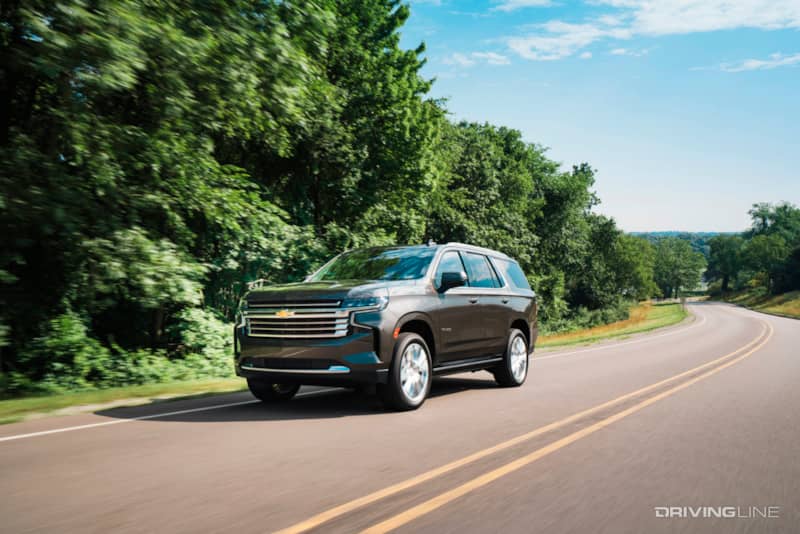
In almost every measurable way outside of fuel economy, the Duramax-powered Tahoe’s performance falls short of either V-8 alternative, especially when pitted against the 420hp 6.2L V-8 in acceleration (though the 5.3L V-8 is notably quicker, too). As for towing, the diesel Tahoe falls short of what the gas versions bring to the table as well, with a 6.2L-equipped two-wheel drive model capable of lugging 8,300 pounds and a 5.3L-powered, two-wheel drive version capable of moving 8,400 pounds. Tahoe’s packing the Duramax can tow a maximum of 8,200 pounds, but the available Max Trailering package doesn’t improve towing capacity any. This common theme of coming up short to gasoline variants in the same family is not unlike what happens in the Ram 1500 and Ford F-150 camps, where gas jobs (namely the Hemi and the EcoBoost) outperform the EcoDiesel V-6 and Power Stroke V-6 in every category but fuel efficiency.
CON: Diesel Maintenance Items Can Be Both Expensive And Extensive
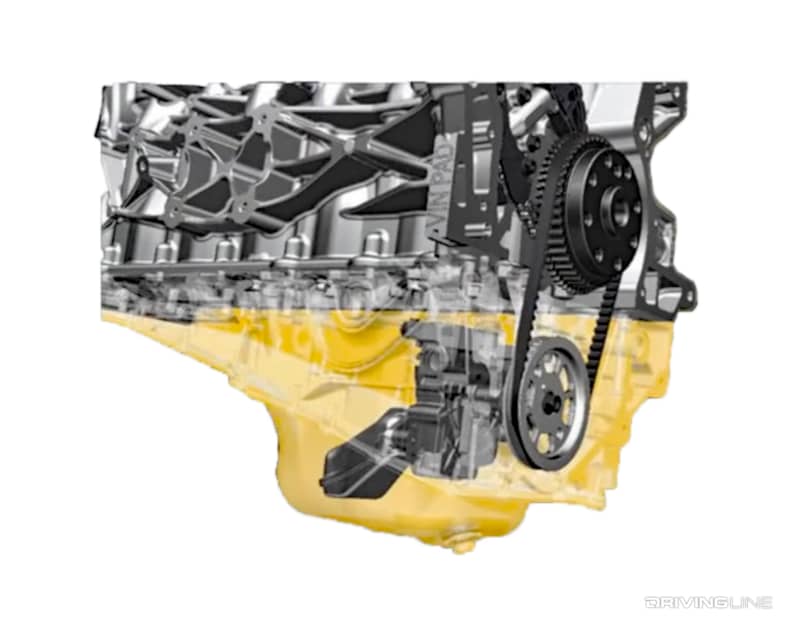
Critics have long pointed out the higher maintenance costs in arguments that speak to a diesel’s overall cost of ownership. Primarily because it’s true. Everything, down to oil changes, is typically more expensive on a diesel than its gasoline counterpart. In the modern era, emissions system maintenance adds another layer of overhead to diesel ownership. For example, diesel exhaust fluid (DEF) has to be monitored and topped off regularly in order to both ensure tailpipe emissions remain in check and to keep the vehicle mobile (run out of DEF and you’ll be limping your Tahoe home). Another sticking point many potential buyers have with GM’s 3.0L Duramax is its use of a belt-driven oil pump, which requires replacement at 150,000 miles but that also calls for removal of the transmission in order to access it.
CON: The Terms Reliability And Diesel Don’t Exactly Go Hand-In-Hand Anymore
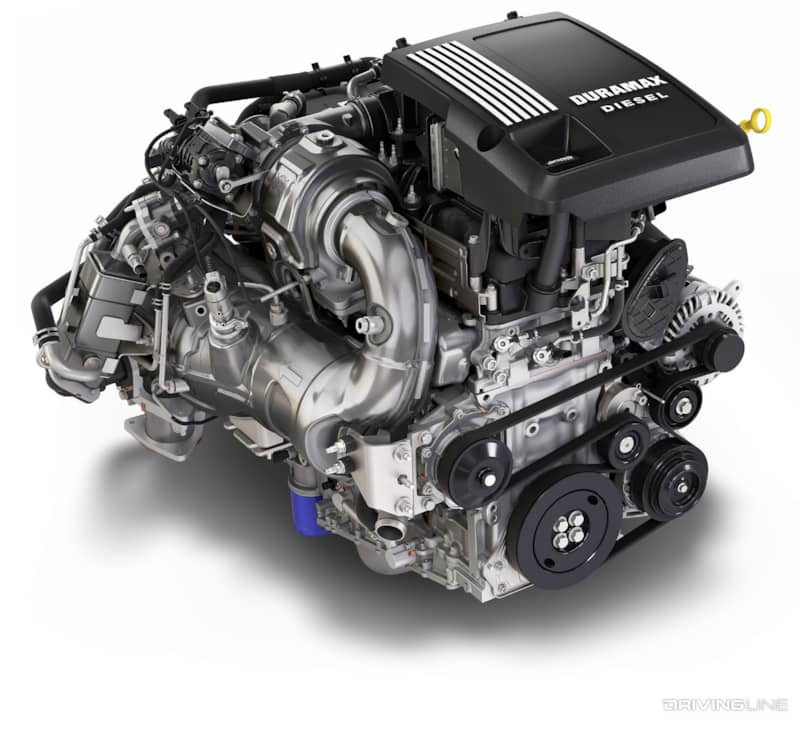
Time to face facts: diesels aren’t what they used to be. If you don’t have to visit the dealership for an emissions device failure or issue within the first 100,000 miles, consider yourself lucky. Over the years, the diesel engine has essentially been transformed into a giant carbon trap and they don’t rack up miles nearly as reliably as they used to. Complex exhaust gas recirculation and exhaust aftertreatment systems, with components that have to function in harsh, contaminated operating conditions, often hiccup or fail soon after the factory powertrain warranty runs out. That said, GM has perhaps the best track-record in the emissions game with its 6.6L Duramax, so maybe the 3.0L version will enjoy the same uptime.
Why Not Offer A Larger Half-Ton Diesel Engine?
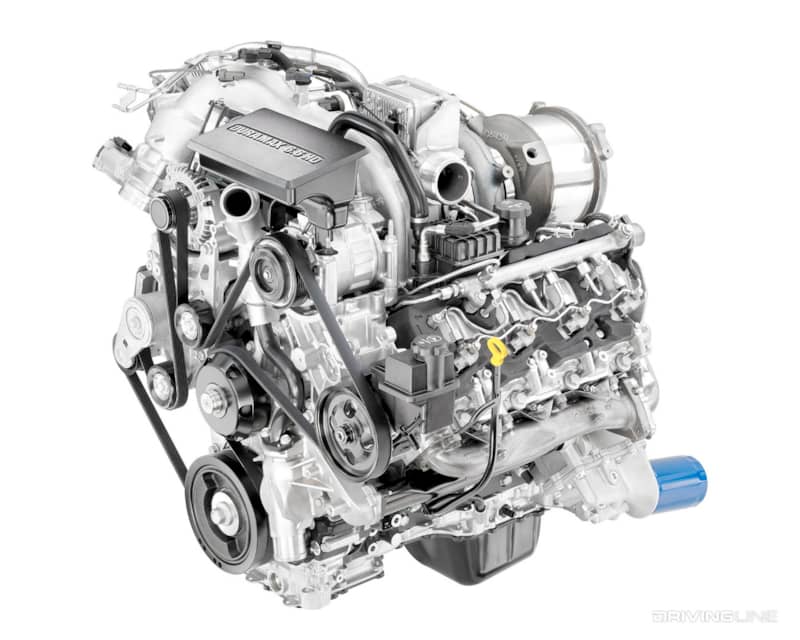
So what’s the real reason for offering relatively small diesels that are easily outshined by larger V-8’s (or in Ford’s case, the twin-turbo V-6 EcoBoost)? After all, the common trend here is to offer a small displacement diesel that loses out to other engine options in every category other than fuel economy—an advantage that can be a break-even proposition given diesel’s premium price at the pump. Are manufacturers afraid to offer a larger 4 liter, 5 liter or 6 liter for fear that it would outperform their gasoline offerings—engines that’ve long-been coveted power plants in full-size pickups? Given today’s aluminum block and head technology (not to mention the use of compacted graphite iron), a larger diesel mill could be developed without sacrificing GVWR or GCWR, and certainly modern powertrain calibrating could keep a bigger, zestier diesel from destroying the transmission and axles paired with it. Hey Big Three: Inquiring minds want to know!
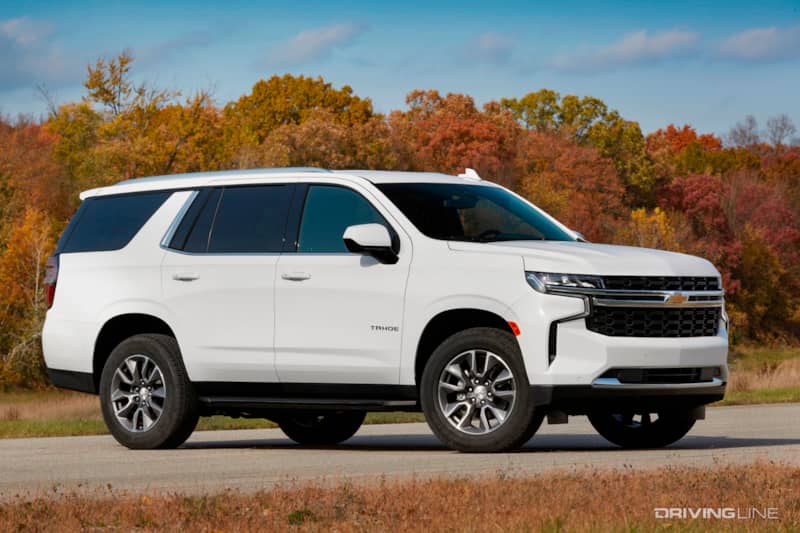
More From Driving Line
- While we may seem down on the new diesel Tahoe, it’s only until the new kid on the block proves itself. Fact is, we remain impressed with the 3.0L Duramax—arguably one of the most advanced diesels of the modern era.







